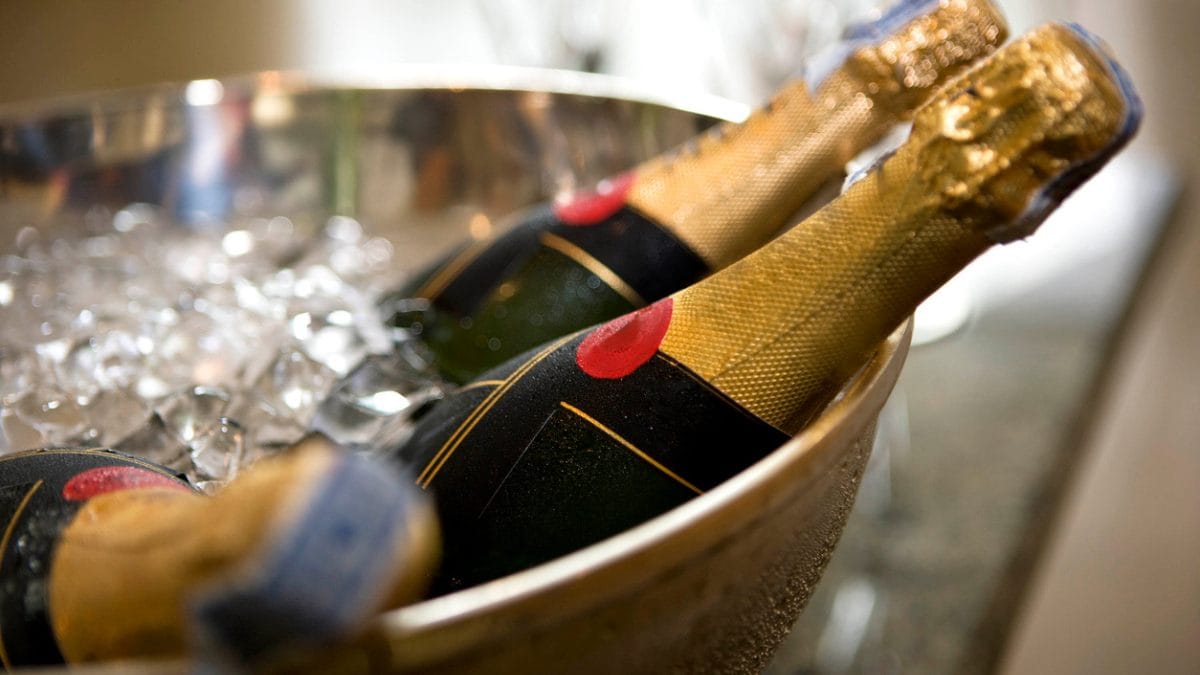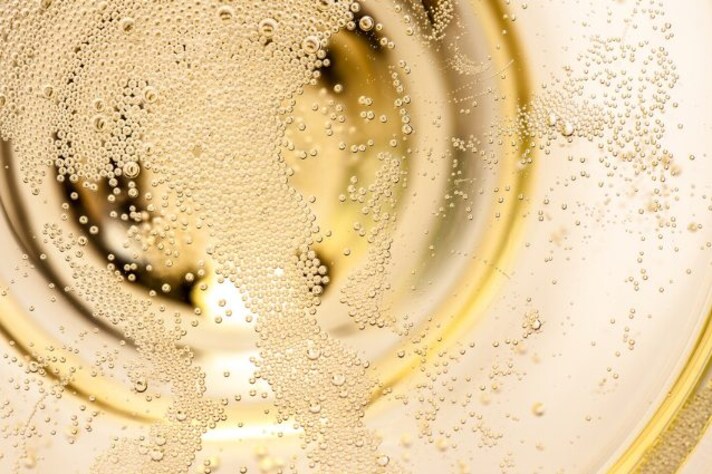
Champagne lovers have long debated whether sticking a spoon in an open bottle can preserve its fizz. This method is said to work by creating a seal or regulating the pressure in the bottle. But is there any science behind it, or is it just another old wives’ tale?
Does the Spoon Trick Actually Work?
The idea behind this method is that placing a spoon in the bottle’s neck somehow slows down the escape of carbon dioxide, the gas responsible for champagne’s delightful bubbles. However, scientific studies have debunked this claim. A spoon doesn’t create a seal, nor does it alter the pressure inside the bottle. In reality, the bubbles in champagne are influenced by how tightly the bottle is sealed and the temperature it’s stored at, not by a utensil in its neck.
Champagne stored with a spoon in the bottle is likely to go flat just as quickly as champagne stored without one. The illusion of success might come from storing the bottle in the fridge, where the lower temperature slows down the escape of carbon dioxide, regardless of whether a spoon is present.

What’s the Best Way to Keep Champagne Fizzy?
If you want to preserve champagne’s effervescence, a proper champagne stopper is your best bet. These stoppers are specifically designed to lock in pressure, keeping the bubbles intact for a day or two. Another trick is to keep the bottle as cold as possible, as cooler temperatures slow the release of carbon dioxide.
While the spoon trick might not work, it’s still a fun conversation starter. If nothing else, it’s a reminder to finish the bottle sooner rather than later. Champagne is always best enjoyed fresh!
;Resize,width=767;)
